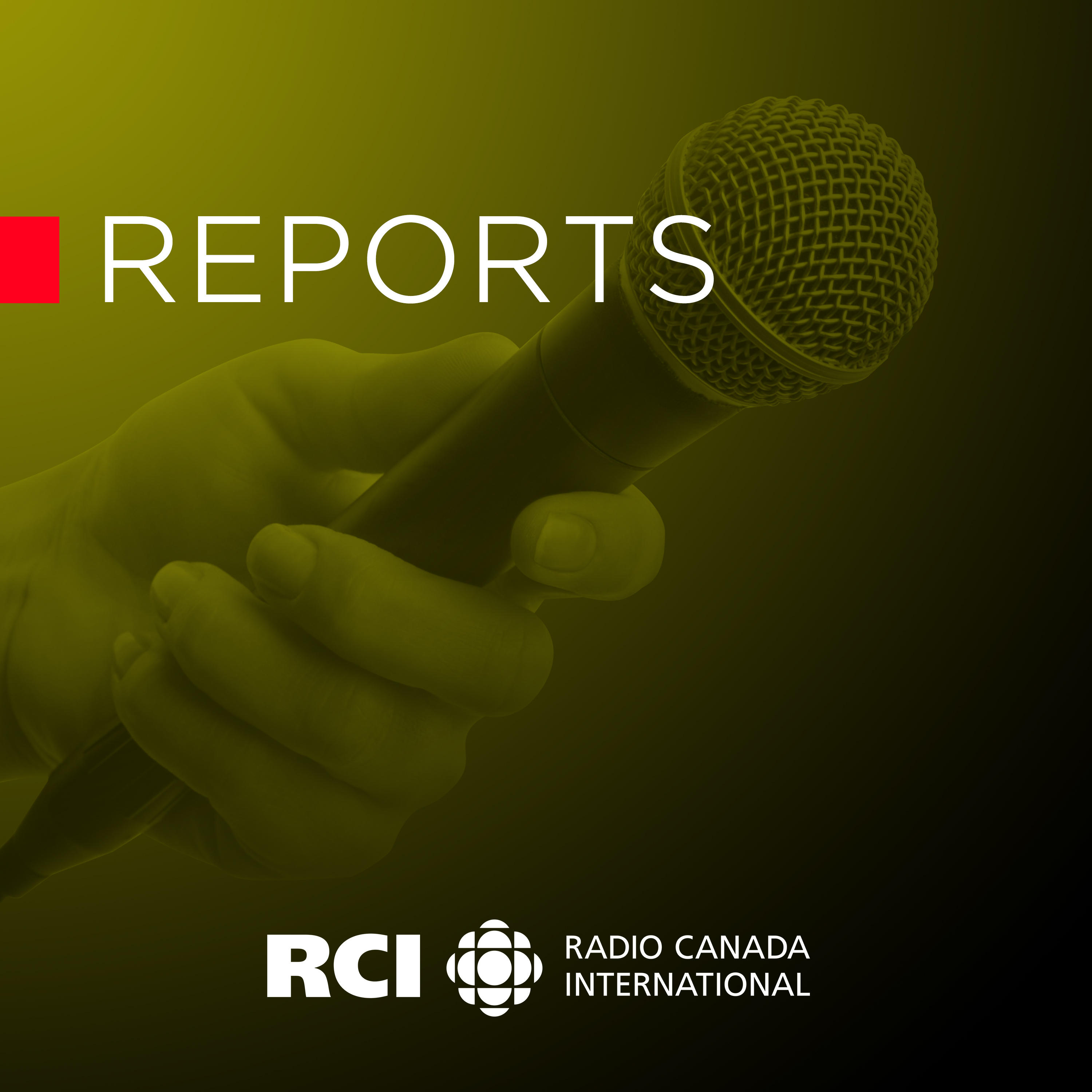Canadian woman makes NATO maritime history
Description
A female Royal Canadian Navy officer has made NATO maritime history by becoming the first woman to command a multinational naval task force in one of the alliance’s most sensitive areas of maritime operations.
Commodore Josée Kurtz has assumed the command of Standing NATO Maritime Group Two (SNMG2), one of the alliance’s four maritime groups, whose primary area of operations extends to the Mediterranean and the Black Sea.
The eastern Mediterranean off the coast of Syria and the Black Sea, off the coast of Ukraine and Russian-annexed Crimea, are some of the alliance’s most complex areas of maritime operations where NATO warships come into close proximity with the Russian navy in what are essentially conflict zones.
“These four groups provide capability, show presence and demonstrate NATO alliance solidarity and strength in various theatres of operations,” Kurtz said in a phone interview with Radio Canada International on board her flagship, Canadian frigate HMCS Halifax, off the coast of northern Spain.
(click to listen to the full interview with Commodore Josée Kurtz)
ListenEN_Interview_3-20190731-WIE30
But these groups can be fairly mobile, Kurtz said, pointing out that HMCS Halifax is presently off the coast of Spain heading to Portugal before making their way back to the Mediterranean and the Black Sea and then back to the Atlantic later this year.
“We can be supplementing other standing groups in other areas if that’s where the capability is required,” she said. “It speaks to the agility and the flexibility of those standing groups.”
Exercising with allies and partners
Members of Standing NATO Maritime Group 2, and naval vessels from NATO partners Bulgaria, Romania and Ukraine, sail in formation while conducting Maritime Security Awareness (MSA) in the Black Sea during Exercise SEA BREEZE 2019, on July 11, 2019. (MCpl Manuela Berger/Formation Imaging Services Halifax)
Kurtz assumed command of SNMG2 during a ceremony in Souda Bay, Greece, on June 15, while Canadian frigate HMCS Toronto, which became her first flagship, had already been at sea for five months.
Shortly after, the NATO task force led by the Canadian frigate sailed the Black Sea, with British destroyer HMS Duncan, Romanian frigate ROS Regele Ferdinand, and Turkish frigate TCG Turgutreis.
NATO has three allies – Turkey, Bulgaria and Romania – and two partners – Ukraine and Georgia that share the Black Sea with Russia, Kurtz said.
“It makes sense that we show a presence in that area same as we do in other areas where we have NATO allies,” Kurtz said.
NATO’s Arctic dilemma: Two visions of the Arctic collide as NATO and Russia flex muscles
The task force participated in two exercises in the Black Sea, she said.
The first one was a joint Ukraine-U.S. exercise off the coast of Ukraine dubbed Sea Breeze 19.
The Canadian frigate sailed to the Ukrainian port city of Odessa to take part in that exercise, Kurtz said.
Leading Seaman Lyra Michelle Mazerolle a Steward onboard HMCS Halifax participates in a boarding party training exercise during Operation REASSURANCE, in the Atlantic Ocean on July 21, 2019. (Cpl. Braden Trudeau/Formation Imaging Services)
Following the conclusion of that exercise, SNMG2 headed southwest to Bulgaria to participate in the Bulgarian-led exercise Breeze 19, Kurtz said.
“By participating in those two exercises both with programs in port and a program at sea, by the same token we were able to demonstrate a significant NATO presence in the Black Sea area,” she said.
Throughout all that time, the NATO force was shadowed by the Russian navy, Kurtz said.
“From a NATO perspective we exercised freedom of navigation,
More Episodes
Canada's international broadcast service from the English language team of Radio Canada International has come to an end.
RCI, (originally the International Service, CBC-IS) was initially created towards the end of the Second World War. The purpose was to broadcast news and information from...
Published 05/14/21
Published 05/14/21
The cost of compensating victims of Canada's now-infamous residential school system was over $3 billion, according to a final report released Thursday by Parliament's Independent Assessment Process Oversight Committee.
The committee, which has been overseeing the compensation process since...
Published 03/12/21


